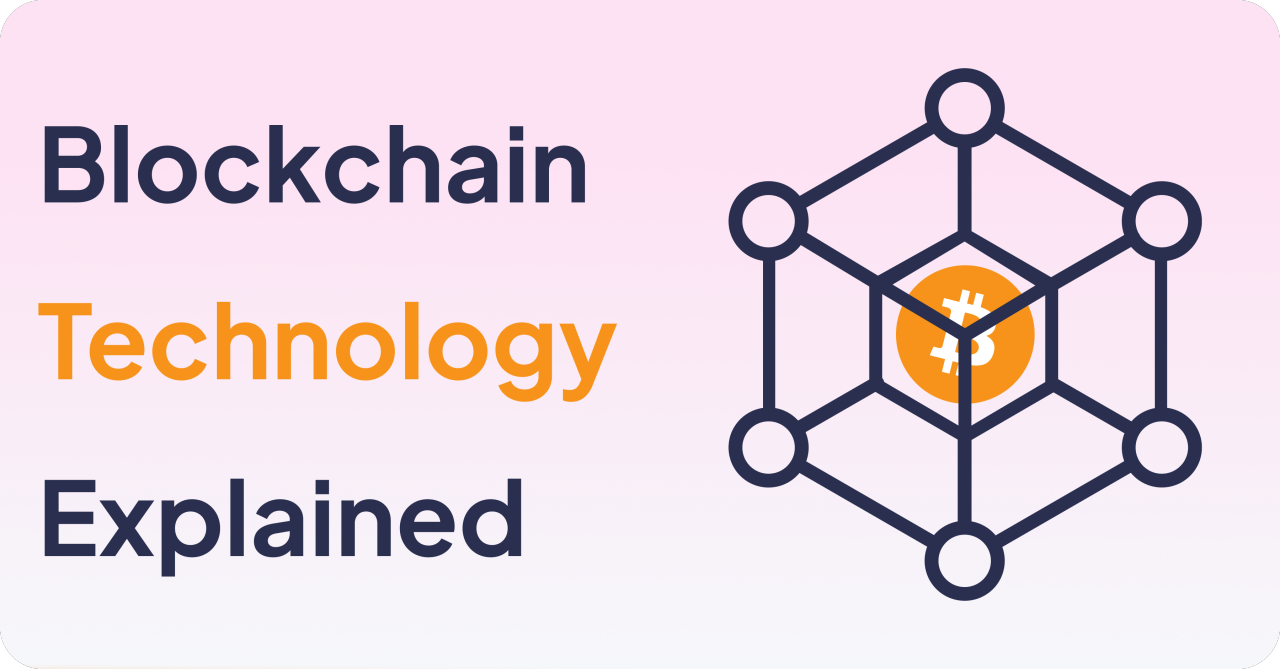In recent months, we've witnessed a growing trend among business leaders and organizations urging their employees to leave the comforts of their home offices and return to the physical workplace. The arguments often cited are the perceived loss of productivity and the limited opportunities for learning and collaboration when working remotely. While these concerns are valid, it's crucial to question whether the blanket call for a return to office is the most effective solution.
As organizations rush to reestablish the old norms of the office-based routine, they risk overlooking the profound shifts that have occurred in the world of work.
In this article, we'll explore the merits of the "Remote Work" model, propose alternative solutions to address productivity concerns, and discuss why the future of work may be more flexible than we think.
A Disruptive Uproot
For many employees, the work-from-home routine has become a familiar and productive way of life. They have adapted, honed their remote work skills, and found a harmonious balance in their daily routines. The abrupt call to return to the office threatens to upend this newfound equilibrium, leading to disarray and discontent.
The push to return to the office has already triggered a wave of employee churn. Talented individuals who have grown accustomed to remote work are exploring job opportunities that offer the flexibility they've come to cherish. Organizations risk losing valuable talent in their rush to enforce a one-size-fits-all approach.
The pandemic has underscored the value of flexibility in work arrangements. Employers who refuse to adapt to the changing landscape may find themselves struggling to retain and attract talent in a job market increasingly defined by remote and hybrid work options.
The Productivity Paradox
The primary argument against remote work revolves around productivity concerns. Business leaders often worry that employees working from home are less productive due to distractions, the lack of supervision, and a sense of disconnection from their colleagues. However, it's essential to challenge this assumption.
Numerous studies have shown that remote work can actually lead to increased productivity for many employees. Reduced commuting times, the ability to work in a comfortable environment, and the elimination of office distractions can all contribute to heightened focus and efficiency. In fact, a 2020 survey by Prodoscore found that 47% of employees claimed to be more productive while working from home.
Furthermore, productivity should be measured by output and results, not by hours spent in a physical office. In a remote work environment, employees have the flexibility to manage their time effectively and can often achieve more in fewer hours. By shifting the focus from hours worked to the quality of output, companies can better evaluate and reward their employees for their true contributions.
Embracing Outcome-Based Pay
One proposed solution to the productivity puzzle is to pay employees based on their output, similar to the Uber model for drivers. In this approach, employees are compensated for the work they deliver, rather than receiving a fixed salary. This approach offers several advantages:
Incentivized Performance: Outcome-based pay provides a strong incentive for employees to be highly productive. When individuals are rewarded for the actual value they create, they are motivated to excel and continually improve their performance.
Flexibility and Autonomy: Employees have the freedom to choose how and when they work to meet their objectives. This autonomy fosters a sense of ownership and responsibility, leading to more self-driven and engaged employees.
Clear Accountability: Outcome-based pay ensures that employees are directly accountable for their work. It aligns their interests with the company's goals, as both parties benefit when high-quality work is consistently delivered.
Fair Compensation: Employees receive compensation that accurately reflects their contributions. This approach eliminates concerns about over- or under-paying employees based on the number of hours worked.
Efficiency and Cost Savings: Companies can achieve greater cost efficiency by paying for results rather than time spent. This can lead to substantial savings in the long run.
It's important to note that implementing outcome-based pay requires clear performance metrics, ongoing communication, and a fair evaluation process. However, when done correctly, it can lead to a more dynamic and rewarding work environment for both employees and employers.
The Importance of Learning and Collaboration
Another argument against remote work is the idea that employees miss out on valuable learning and collaboration opportunities when they're not physically present in the office. It's true that spontaneous interactions and face-to-face meetings can foster creativity and innovation. However, it's important to recognize that remote work doesn't have to mean isolation.
One alternative to the traditional office model is to provide co-working space subscriptions to employees. By offering access to well-equipped co-working facilities closer to their homes, companies can enable employees to interact with others and engage in meaningful collaboration while avoiding long commutes. This approach allows for a hybrid model that combines the best of both worlds – the flexibility of remote work and the benefits of physical interaction.
The dynamic collaboration of company employees dispersed across various co-working spaces not only fosters a diverse array of perspectives but also nurtures a fertile breeding ground for innovative ideas. These collective insights, drawn from diverse backgrounds and experiences, possess the potential to catalyze the company's long-term growth and success, propelling it toward new horizons of achievement.
Offering co-working space subscriptions as a valuable add-on benefit empowers employees to access conveniently located co-working spaces near their homes, effectively eliminating the burdensome issue of long commutes. Beyond mere convenience, this innovative approach transcends the traditional boundaries of remote work, addressing the pervasive challenge of employee isolation.
By providing this flexible and forward-thinking perk, companies take a significant stride towards nurturing a more connected and engaged workforce. Employees, freed from the constraints of a rigid office environment, can now tap into a vibrant network of professionals, sharing insights, forging relationships, and igniting creative sparks in the process.
This collaborative synergy, facilitated by co-working spaces, not only enriches the work experience but also opens doors to a wealth of fresh perspectives, fostering a workplace culture characterized by adaptability, creativity, and inclusivity. As employees check into their nearby co-working spaces, they embark on a journey where innovation thrives, and the bonds of teamwork strengthen. Ultimately, this holistic approach ensures that both individual well-being and organizational success are harmoniously intertwined.
Moreover, technology has advanced to the point where virtual collaboration tools can bridge the gap between remote and in-office employees. Video conferencing, instant messaging, and project management software have become essential tools for teams to connect and collaborate effectively, regardless of their physical locations.
A Win-Win Solution
In the quest to strike a balance between remote work and returning to the office, it's crucial to consider a win-win solution that benefits both companies and employees. Here are some alternative approaches that can address the concerns raised by business leaders:
Flexible Hybrid Work: Rather than a one-size-fits-all approach, companies can adopt a flexible hybrid work model. This allows employees to choose where and how they work based on their individual needs and the nature of their roles. Some employees may thrive in a remote environment, while others may prefer to spend more time in the office.
Outcome-Based Compensation: Instead of solely tying compensation to output, companies can establish clear performance metrics that align with their strategic goals. This approach ensures that employees are rewarded for their contributions while maintaining a fair and transparent system.
Invest in Technology: To facilitate remote collaboration, invest in cutting-edge technology tools that enable seamless communication and project management. Training employees on how to maximize the benefits of these tools can enhance remote teamwork.
Tie-up with Co-working spaces: Establish partnerships with co-working spaces to offer employees the added benefit of subscription access, enabling them to conveniently utilize nearby co-working facilities. This initiative effectively alleviates the challenges posed by long commutes and mitigates issues of employee isolation.
Evaluate on a Case-by-Case Basis: Recognize that not all roles and employees are the same. Some positions may require more in-person interaction, while others can thrive in a remote setup. Evaluate each situation individually to determine the most suitable work arrangement.
Conclusion
The call for a blanket return to the office may not be the most progressive solution to the challenges posed by remote work. While concerns about productivity and collaboration are valid, alternative approaches that prioritize flexibility, outcome-based compensation, and employee well-being can provide a better path forward. The future of work should embrace the idea that work is what you do, not where you do it. By striking a balance between remote and in-office work, companies can create a win-win situation that benefits both their bottom line and their employees' quality of life. It's time to rethink the traditional office model and embrace a more adaptable, inclusive, and productive future of work.




